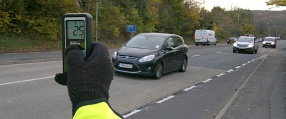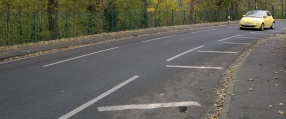Speeding
Speeding treatments fit into 3 main categories.
Vertical treatments would typically reduce accidents by 44%, horizontal treatments by 29%, and speed cameras by 15-40%.
These different treatments are only suitable on particular roads, and they will have different costs.
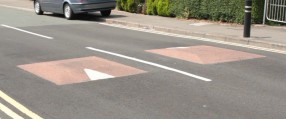
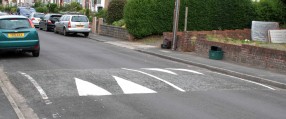
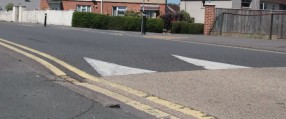
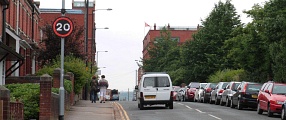
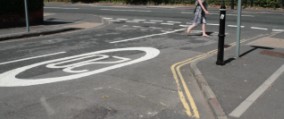
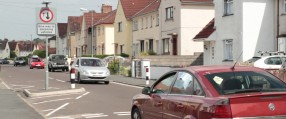
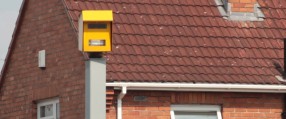
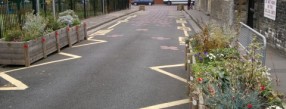
London Experience
In London suburbs, packages of traffic calming treatments in 20 mph areas are very good at reducing casualties on local roads. Casualties were reduced by around 41%, and people killed or seriously injured reduced by around 50%.
Bristol moving towards 20mph city wide
As Bristol moves towards a 20mph speed limit across the city by 2015, it may be useful to identify some of the measures used to create the safer environment achieved in the London suburbs. You can find these treatments in the selection above.
Advanced information
Statistics on road casualties in London suburbs are from reports which examined 20 mph zones. 20 mph zones must include consistent traffic calming measures - these are different to 20 mph speed limits which are not required to have traffic calming treatments. Currently, a 20 mph speed limit across Bristol is in the advanced stages of consultation, and will apply to all residential roads, excluding some larger distributor roads in the city.
Grundy et al. (2008) found all casualties were reduced by 42% in 20 mph zones. The study is very strong; correcting for accident trend across London, and using up to 20 years before data in an attempt to control for regression to mean. The data is based on the Police accident database (STATS19).
Another study, by TRL, found similar effects (PPR243, Webster & Layfield, 2003). The authors state a reduction of around 41-43% for injury accidents, with a 50-56% reduction for killed or seriously injured accidents. The study corrected for trend across London, and used control data from untreated roads. The figures above are given in percentage ranges - the authors argue positive effects form the 20 mph zones are likely to influence control areas and greater London, forcing the general trend further downwards, so the upper estimate is crude effects without trend adjustment.
A further study frequently cited in traffic calming effectiveness is a meta- analysis from the Cochrane Collaboration by Bunn et al. (2009). The study finds lower effects of traffic calming treatments - a 15% reduction in injury accidents (both fatal and non-fatal). This lower figure is likely due to the studies on which the analysis is based, many of which did not include any vertical treatments. Studies are also relatively aged and most are from continental Europe, so designs may differ significantly from modern designs used in the UK. With this in mind, the studies from TRL and Grundy et al. will provide the best indication of effects.
Effects from speed treatments in the three categories is taken from Mountain, Hirst and Maher (2005). The study calculated accident reductions from various different types of traffic calming measures. Local authority and police data were used throughout Great Britain from 150 speed management schemes on 20 mph roads. Analysis is particularly strong, with correction for change in flow, accident trend and regression to mean.
References
Bunn, F., Collier, T., Frost, C., Ker, K., Steinbach, R., Roberts, I., Wentz, R. (2009) Area-wide traffic calming for preventing traffic related injuries (Review). The Cochrane Collaboration. John Wiley & Sons.
Grundy, C., Steinbach, R., Edwards, P., Wilkinson, P., Green J. (2008) 20 mph Zones and Road Safety in London: A report to the London Road Safety Unit. LSHTM. London.
Mountain, L., Hirst, W., Maher, M. (2005) Are speed enforcement cameras more effective than other speed management measures? The impact of speed management schemes on 30 mph roads. Accident analysis and prevention 37 pp. 742 - 754.
Webster, D., & Layfield, R. (2003) Review of 20 mph zones in London Boroughs (PPR243). Transport Research Laboratory. Crowthorne, UK.

